[1] Zhang, Y., Ye, Y., Tang, X., Wang, H., Tanaka, T., Tian, R., Yang, X., Wang, L., Xiao, Y., Hu, X., Jin, Y., Pang, H., Du, T., Liu, H., Sun, L., Xiao, S., Dong, R., Ferrucci, L., Tian, Z., & Zhang, S. (2022). CCL17 acts as a novel therapeutic target in pathological cardiac hypertrophy and heart failure. The Journal of Experimental Medicine, 219(8).
[2] Zhang, Y., Tang, X., Wang, Z., Wang, L., Chen, Z., Qian, J. Y., Tian, Z., & Zhang, S. Y. (2023). The chemokine CCL17 is a novel therapeutic target for cardiovascular aging. Signal transduction and targeted therapy, 8(1), 157.
[3] Lupancu, T.J., Eivazitork, M., Hamilton, J.A., Achuthan, A.A. and Lee, K.M.-C. (2023), CCL17/TARC in autoimmunity and inflammation—not just a T-cell chemokine. Immunol Cell Biol, 101: 600-609.
[4] Lee, M.-C., Saleh, R., Achuthan, A., Fleetwood, A. J., Förster, I., Hamilton, J. A., & Cook, A. D. (2018). CCL17 blockade as a therapy for osteoarthritis pain and disease. Arthritis Research & Therapy, 20(1), 62.
[5] Heiseke, A. F., Faul, A. C., Lehr, H., Förster, I., Schmid, R. M., Krug, A. B., & Reindl, W. (2011). CCL17 Promotes Intestinal Inflammation in Mice and Counteracts Regulatory T Cell–Mediated Protection From Colitis. Gastroenterology, 142(2), 335–345.
[6] Achuthan, A., Cook, A. D., Kevin M.-C. Lee, Saleh, R., Hsu Wei Khiew, Melody Wei-Ning Chang, Louis, C., Fleetwood, A. J., Lacey, D., Anne Deen Christensen, Frye, A. T., Pui Yeng Lam, Kusano, H., Nomura, K., Steiner, N., Förster, I., Nutt, S. L., Olshansky, M., Turner, S. J., & Hamilton, J. A. (2016). Granulocyte macrophage colony-stimulating factor induces CCL17 production via IRF4 to mediate inflammation. Journal of Clinical Investigation, 126(9), 3453–3466.
[7] Hsu, A. T., Lupancu, T. J., Lee, M.-C., Fleetwood, A. J., Cook, A. D., Hamilton, J. A., & Achuthan, A. (2018). Epigenetic and transcriptional regulation of IL4-induced CCL17 production in human monocytes and murine macrophages. Journal of Biological Chemistry, 293(29), 11415–11423.
[8] T R D J Radstake. (2004). Increased expression of CCL18, CCL19, and CCL17 by dendritic cells from patients with rheumatoid arthritis, and regulation by Fc gamma receptors. Annals of the Rheumatic Diseases, 64(3), 359–367.
[9] Dhaiban, S., Al-Ani, M., Elemam, N. M., & Maghazachi, A. A. (2020). Targeting Chemokines and Chemokine Receptors in Multiple Sclerosis and Experimental Autoimmune Encephalomyelitis. Journal of Inflammation Research, Volume 13, 619–633.
[10] Yahia, S. A., Imane Azzaoui, Laetitia Everaere, Vorng, H., Cécile Chenivesse, Philippe Marquillies, Duez, C., Delacre, M., Grandjean, T., Balsamelli, J., d’Andon, M. F., Fan, Y., Coline Ple, Werts, C., Ivo Gomperts Boneca, Wallaert, B., Mathias Chamaillard, & Tsicopoulos, A. (2014). CCL17 Production by Dendritic Cells Is Required for NOD1-mediated Exacerbation of Allergic Asthma. American Journal of Respiratory and Critical Care Medicine, 189(8), 899–908.
[11] Perros, F., Hoogsteden, H. C., Coyle, A. J., Lambrecht, B. N., & Hammad, H. (2009). Blockade of CCR4 in a humanized model of asthma reveals a critical role for DC-derived CCL17 and CCL22 in attracting Th2 cells and inducing airway inflammation. Allergy, 64(7), 995–1002.
[12] Zhu, F., Li, X., Chen, S., Zeng, Q., Zhao, Y., & Luo, F. (2016). Tumor-associated macrophage or chemokine ligand CCL17 positively regulates the tumorigenesis of hepatocellular carcinoma. Medical Oncology, 33(2).
[13] Mizukami, Y., Kono, K., Kawaguchi, Y., Akaike, H., Kamimura, K., Sugai, H., & Fujii, H. (2008). CCL17 and CCL22 chemokines within tumor microenvironment are related to accumulation of Foxp3+ regulatory T cells in gastric cancer. International Journal of Cancer, 122(10), 2286–2293.
[14] Gu, X., Chen, B., Zhang, S., Zhai, X., Hu, Y., & Ye, H. (2024). The expression of CCL17 and potential prognostic value on tumor immunity in thyroid carcinoma based on bioinformatics analysis. Scientific Reports, 14(1).
[15] Jin, C., Lu, L., Gao, J., & Chen, L. (2024). M2-like Macrophages-derived CCL17 Promotes Esophageal Squamous Cell Carcinoma Metastasis and Stemness via Activating CCR4-mediated ERK/PD-L1 Pathway.. Current molecular medicine.
[16] Zhang, A., Xu, Y., Xu, H., Ren, J., Meng, T., Ni, Y., Zhu, Q., Zhang, W., Pan, Y., Jin, J., Bi, Y., Wu, Z., Lin, S., & Lou, M. (2021). Lactate-induced M2 polarization of tumor-associated macrophages promotes the invasion of pituitary adenoma by secreting CCL17. Theranostics, 11, 3839 - 3852.
[17] Konno, K., Sasaki, T., Kulkeaw, K., & Sugiyama, D. (2020). Paracrine CCL17 and CCL22 signaling regulates hematopoietic stem/progenitor cell migration and retention in mouse fetal liver.. Biochemical and biophysical research communications.
[18] Kumai, T., Nagato, T., Kobayashi, H., Komabayashi, Y., Ueda, S., Kishibe, K., Ohkuri, T., Takahara, M., Celis, E., & Harabuchi, Y. (2015). CCL17 and CCL22/CCR4 signaling is a strong candidate for novel targeted therapy against nasal natural killer/T-cell lymphoma. Cancer Immunology, Immunotherapy, 64, 697-705.
[19] Zhou, W., Zhang, X., Feng, Y., Zhang, Y., & Liu, Z. (2022). The CC ligand chemokine family members CCL17/CCL22 predict the survival and response to immune checkpoint blockade therapy of patients with head and neck squamous cell carcinoma.. Current problems in cancer, 46 6, 100896 .
[20] Lim, H., Lane, J., Canals, M., & Stone, M. (2021). Systematic Assessment of Chemokine Signaling at Chemokine Receptors CCR4, CCR7 and CCR10. International Journal of Molecular Sciences, 22.
[21] Goenka, A., Khan, F., Verma, B., Sinha, P., Dmello, C., Jogalekar, M., Gangadaran, P., & Ahn, B. (2023). Tumor microenvironment signaling and therapeutics in cancer progression. Cancer Communications, 43, 525 - 561.

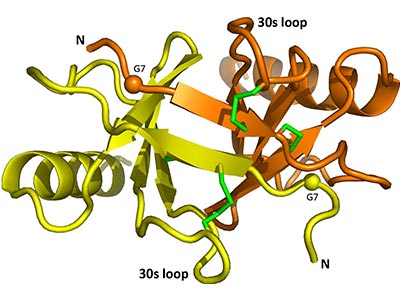
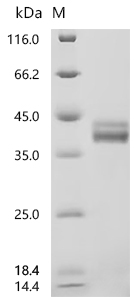
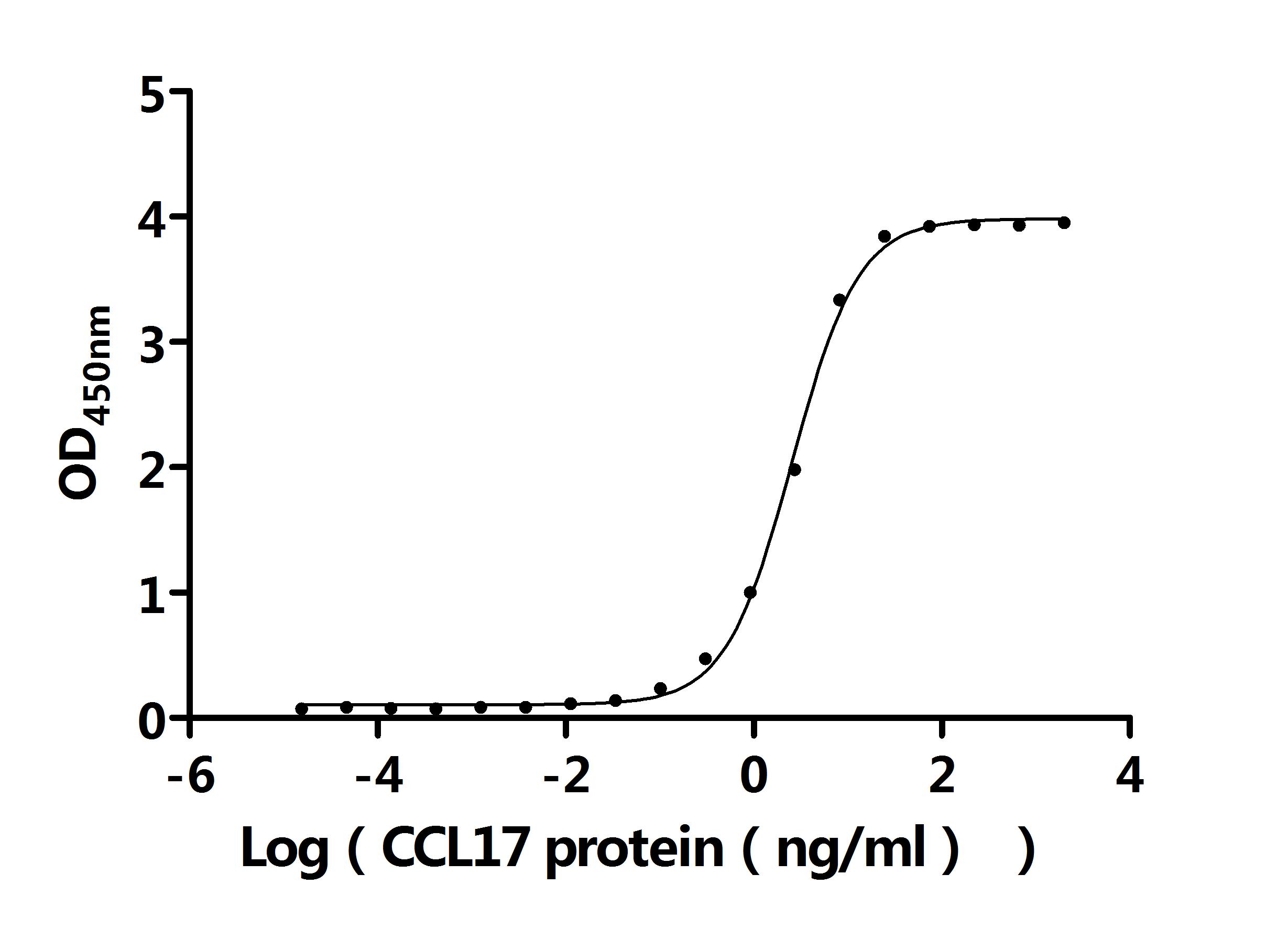
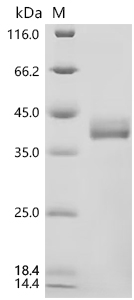

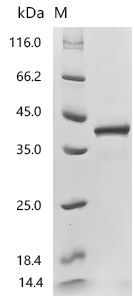
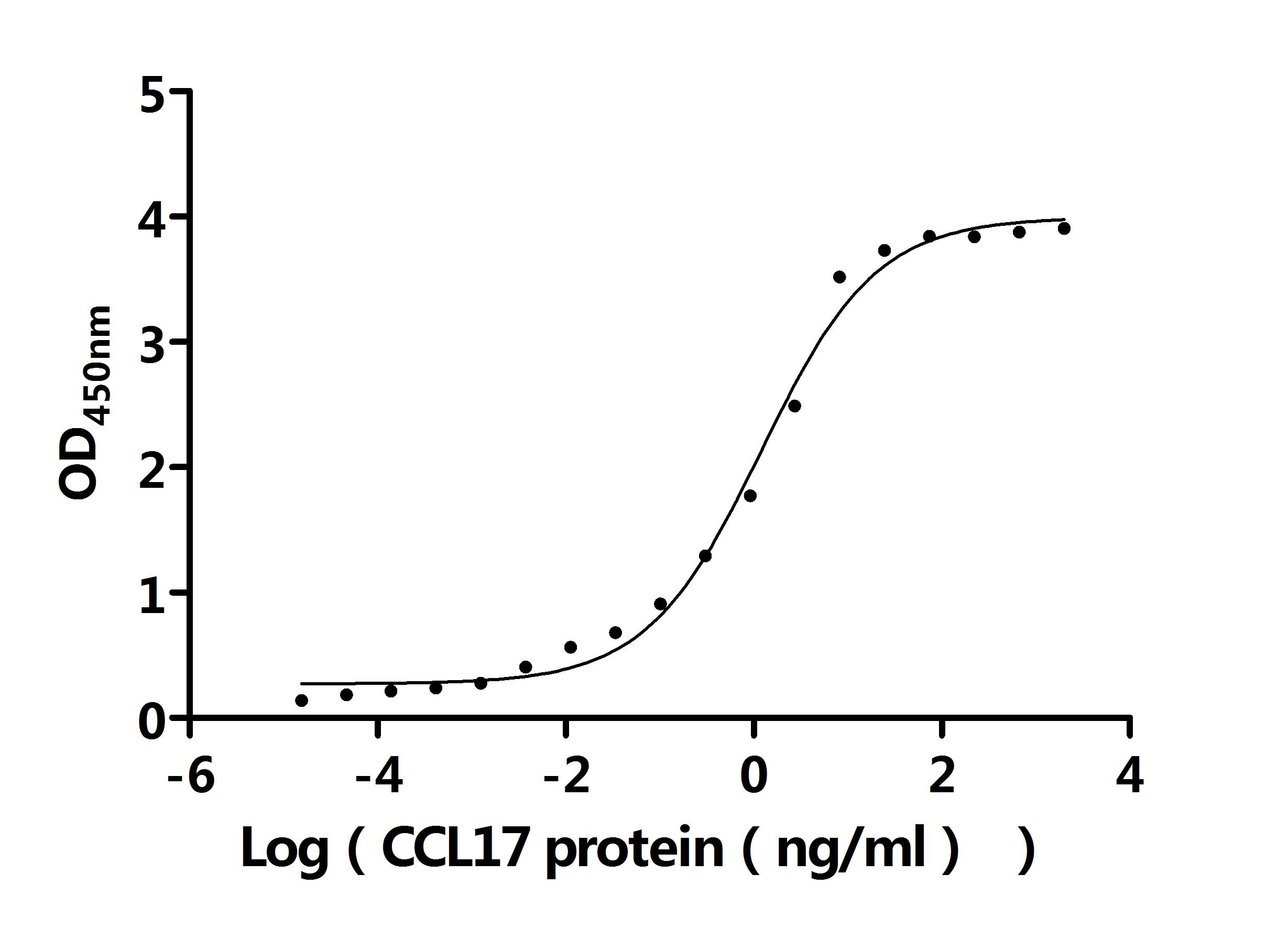
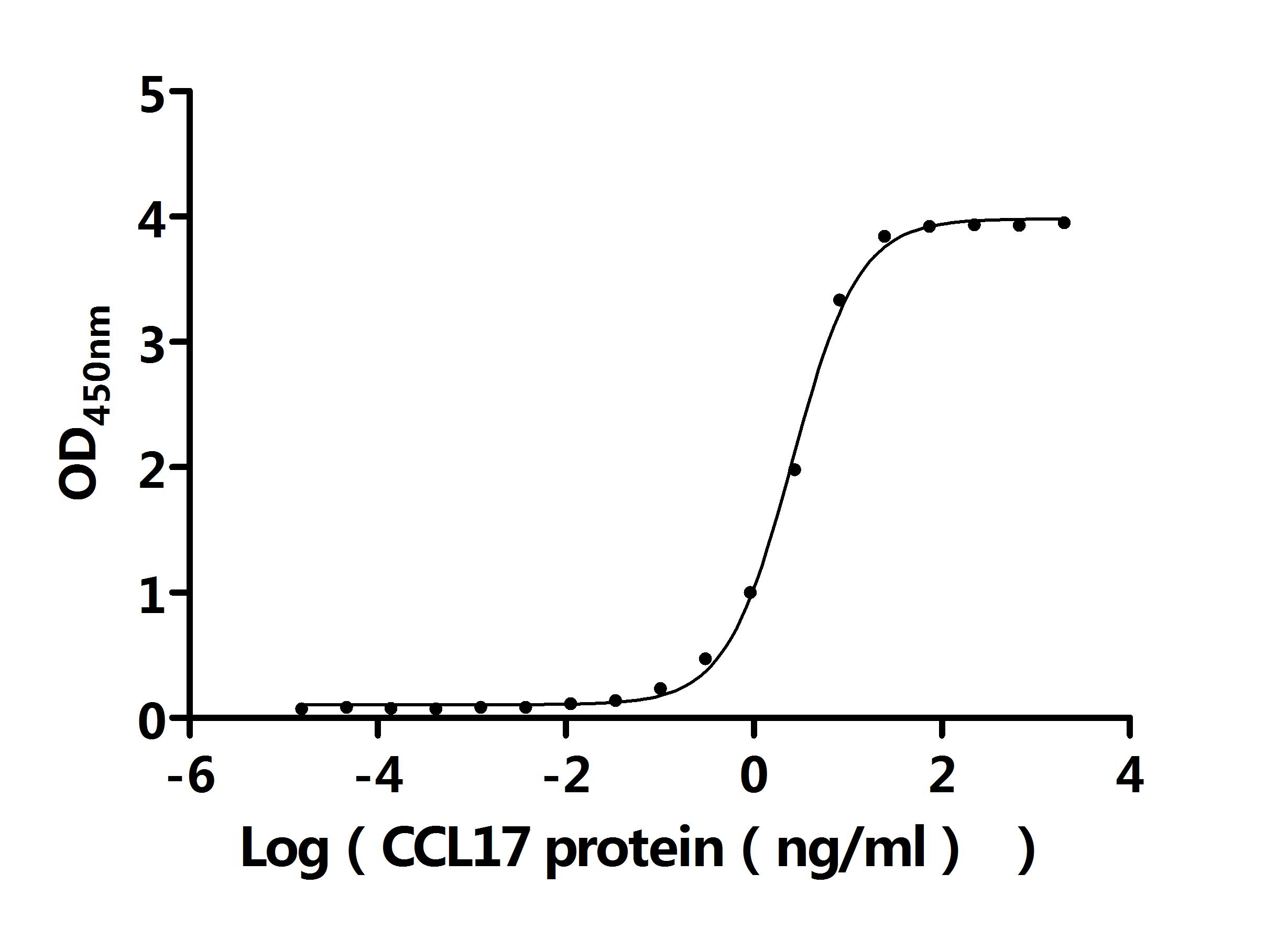

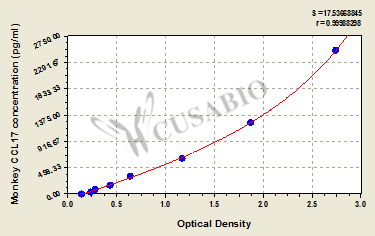
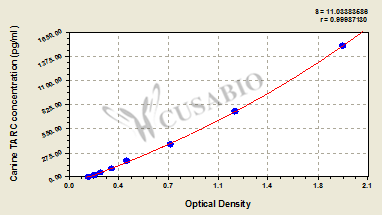


Comments
Leave a Comment